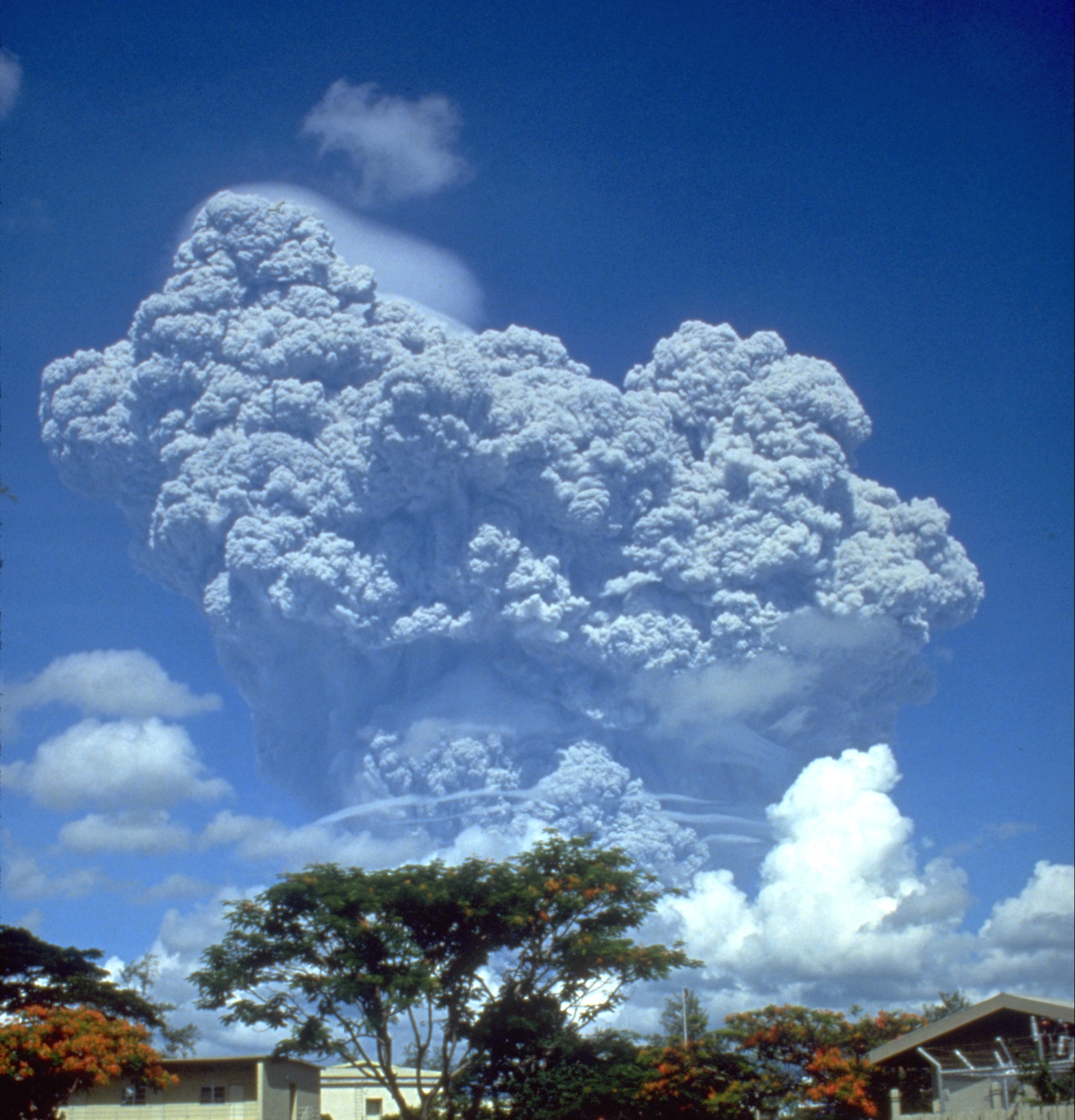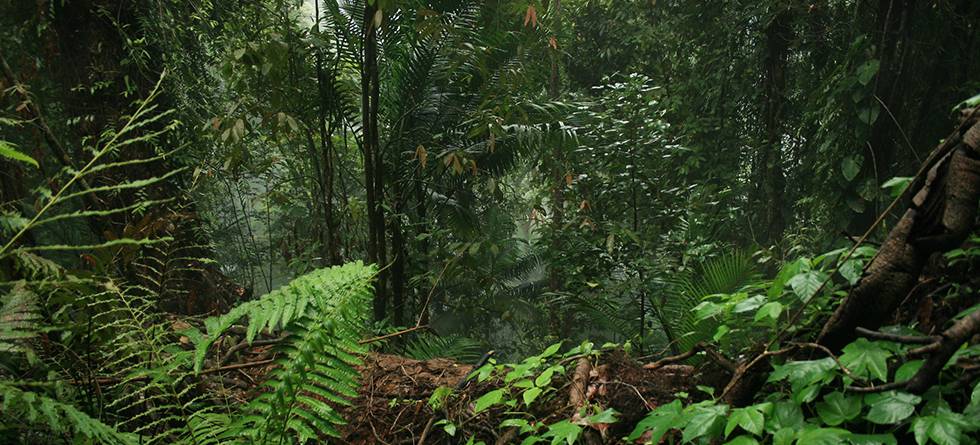We could spray the atmosphere with particles that reflect sunlight or fertilize algae to grow and take up more CO2. We could release minerals that react with CO2 or capture the gas directly from the air. These are some of the geoengineering techniques suggested to dampen the temperature increase caused by humans.
“If we were to use geoengineering, we would still have to perform other kinds of mitigation”, says Hanna Lee, researcher at the Bjerknes Centre for Climate Research and NORCE.
In a new study she has analyzed the consequences geoengineering may have on the Earth’s vegetation. The work was carried out with colleagues from the Bjerknes Centre, NORCE, NTNU and the University of Bern.
The researchers investigated how ecosystems on land would develop in a future with geoengineering, compared to a future with other types of climate change mitigation. Despite a high rate of plant growth in the geoengineered scenario, the results indicate that more carbon will be stored if we prioritize maintaining the world’s forests.
Technology resembling nature
During the Pinatubo eruption in 1991, huge amounts of gases and particles were heaved high into the atmosphere. Fifteen million tons of sulfur dioxide was deposited as high as the stratosphere, more than ten kilometers above the surface of the Earth.
Reacting with water, the sulphur dioxide formed a haze of aerosols that spread around the globe. The haze reflected some of the sunlight, and for close to two years, the Earth was about half a degree Celsius colder than normal.

Geoengineering may mimic such natural effects on the climate. The suggested techniques vary from injecting particles into the atmosphere, as during volcanic eruptions, to fertilizing regions of the ocean to allow plankton to grow and take up more CO2 from the air.
The purpose of geoengineering is to slow down the temperature increase caused by the enhanced greenhouse effect, allowing us to keep emitting CO2. Obviously, such interventions must be done on large scales, influencing more than just our temperature. The consequences are hard to test in the real world, meaning that computer simulations are a necessary and useful tool.
In this study Hanna Lee and her colleagues used a climate model, or Earth system model, to test three types of radiation management geoengineering. The main idea behind radiation management geoengineering is to reduce solar radiation from reaching the Earth’s surface, hence reducing warming.
In this study Hanna Lee and her colleagues used a climate model, or Earth system model, to test three types of radiation management geoengineering. The main idea behind radiation management is to reduce solar radiation from reaching the Earth’s surface, hence reducing warming.
The first technique tested involves injecting large numbers of particles into the stratosphere, mimicking a double Pinatubo eruption. A second involves spraying salt into the tropical atmosphere. The salt makes clouds denser, also blocking out sunlight. In the third case, they made the feathery cirrus clouds seen high up in the sky, thinner. That would let more heat out of the atmosphere.
Same temperature, different CO2
To see the effects of the three types of geoengineering, the researchers compared two versions of a world with a medium high temperature increase over the current century.
In one scenario, CO2 emissions were kept high, while the temperature increase was reduced through geoengineering. In the other, CO2 emissions were less high than in the first. In the last case, reduced emissions kept the temperature down, while in the first case geoengineering stopped temperatures from rising as much as they would otherwise have done.
The two versions of the world were the IPCC emission scenarios named RCP4.5 and RCP8.5, with medium high and high CO2 emissions, respectively. In the version with high emissions, the researchers added geoengineering to keep the global temperature at the same level as in the medium high scenario.
The global temperature was the same in both worlds. But as more CO2 was emitted in the geoengineered scenario, that atmosphere contained more CO2.
“CO2 can be considered a nutrient”, says Hanna Lee. “As with other nutrients, increased CO2 levels will make plants grow better”.
In the geoengineered, high emission world, the plants were basically fertilized with CO2. Their growth rates were very high, even in parts of the world where conditions became drier due to the side effects of geoengineering. Still, less carbon was stored in the vegetation than in the scenario with climate mitigation.
Keeping forests as mitigation
The reason for this can be found in mitigation efforts. CO2 emissions is not the only difference between the IPCC scenarios. In the high emission scenario, the world is pictured with a high population and a growing need for food. Huge land areas are converted to pastures and grasslands.
In the scenario with medium emissions, more forest has been preserved, and new forest has been planted, especially in the tropics. Carbon is stored in the trees and their soil.
“Ecosystem carbon storage will play an important role in reducing further climate change”, says Hanna Lee. “Even with geoengineering, we would need that”.
The breaks cannot be turned off
Geoengineering would create an artificial balance, making it cooler on Earth than the CO2-induced greenhouse effect would mean.
“The whole point with geoengineering would be to allow us to emit more CO2”, says Hanna Lee. “Some people think, though it cannot fix climate change, we may be able to use it to buy us some time. But our study clearly shows there are unforeseen consequences to ecosystems. On top of that, we cannot constantly keep ejecting aerosols.”
Geoengineering works as a braking system, and once we turn it off, the temperature will jump upwards. In no more than a decade, it will get almost as hot as it would naturally be in a world with such a strong greenhouse effect.
“That would be the more disastrous”, says Hanna Lee. “There would be no time for anything to adapt to anything”.
Independently of whether geoengineering will be used, she emphasizes the role of the plants in reducing changes in our climate.
“Because plants can take up large amounts of carbon and store them in the biomass, our efforts to mitigate, such as reducing deforestation and increasing reforestation, in the tropics are very important”, she says.
Reference
H. Lee, Muri H., Ekici A., Tjiputra J., Schwinger J: The response of terrestrial ecosystem carbon cycling under different aerosol-based radiation management geoengineering. Earth Syst. Dynam., 12, 313–326, 2021.

